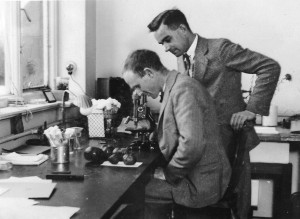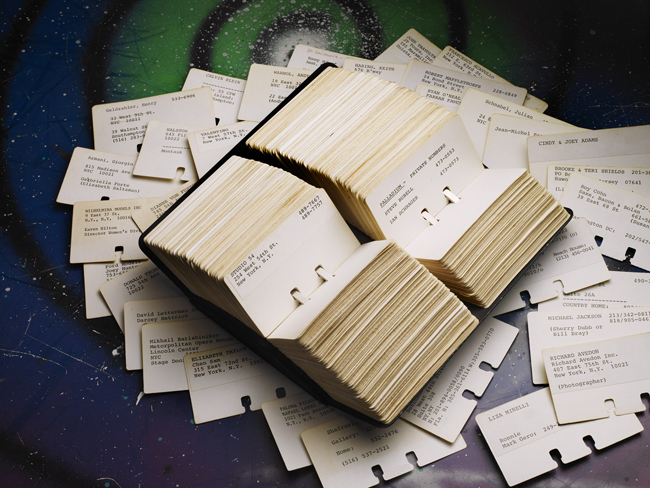By Rhiannon Seider, Business & New Media Specialist
Media outreach is often the bread and butter of a public relations program. Of course, there’s a lot more that goes into a successful campaign, but if your content isn’t shared, it doesn’t matter how great it is. The first step in spreading the word is a solid media list.
Why Media Lists Matter
The media list is arguably the most important part of any media outreach program. It is essentially a go-to database of contacts for every outlet you want content published in, and a well-researched media list can be the difference between a decent campaign and a great campaign.

All About the Research
The first step in building a perfect media list is research. Every contact included on your list should have the potential to cover your pitch, and the way to ensure this is through diligent research.

A few questions to keep in mind when researching a publication:
“Who has written about my client in the past?”
“Who has written about their competitors?”
“Who covers topics that are most aligned with my client?”
If you take the time to answer those three questions, you are putting yourself and your client at a huge advantage.
Organization is Key
A media list is bound to get long, so keeping it neat and organized is important. The time spent researching different types of publications and outlets should be reflected in your media list. If you have your list organized according to publication type and size, it will be easier to find the correct contacts when you need them.

Another important element is a section to add notes about each contact. While notes are not necessary for every contact, it is helpful to know which contacts have written about your clients or their competitors. You can also add in anything else you know about the contact that may aid you in the pitching process. Mentioning that a reporter is particularly unfriendly towards PR people, for example, can help your colleagues prep for a call or tailor an email to address the person in the best possible manner.
Great PR involves forming relationships with the press, and keeping notes in your list can help build and maintain those relationships.
Stay Up-to-Date
Creating the perfect media list is a lengthy process that is never completely finished. It is important to consistently go through and update your list. In such a fast-paced media landscape, publications and contacts change rapidly, and you need to make sure your list reflects these changes. Updating contact information and adding notes can go a long way to make sure your media list is relevant.
A great media list requires a substantial amount of time and effort, but, when it is done right, it can become one of the most important tools you can have.
















